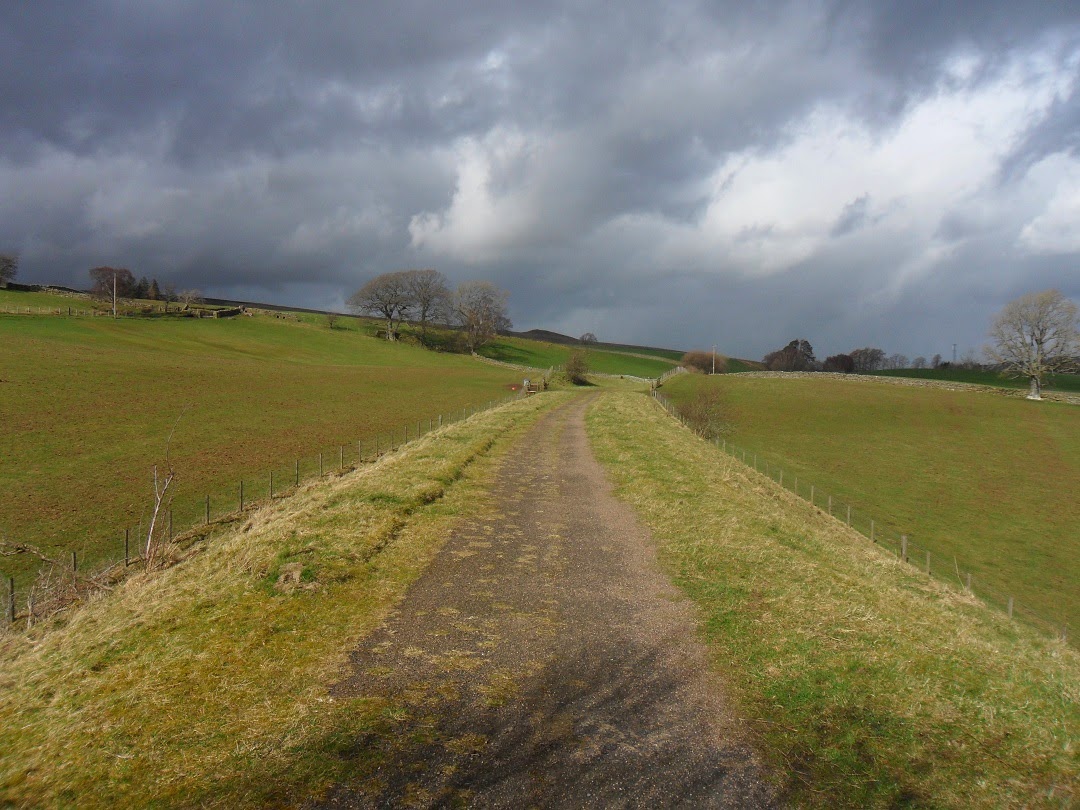My former home town of Horsham is featured in the Sherlock Holmes story “The Five Orange Pips”. Surprisingly, in this story, the illustrious detective proves that he is not too well read about the town.
The story largely centres around the murders of members of the Openshaw family. John Openshaw visits Holmes on a stormy night in September, 1887, to seek advice concerning these events. In view of the opening comments from the detective, I am a little surprised that Openshaw stayed for very long. Holmes remarks at the start of the conversation,“You have come up from the south-west, I see." Openshaw replies with “Yes, from Horsham”. This, of course, immediately struck me as strange as Horsham is situated due south of London and is most definitely in the south-east and not the south-west.
Sherlock Holmes then comments that the “clay and chalk mixture which I see upon your toe caps is quite distinctive”. As someone who spent their childhood in Horsham I can say that I never encountered chalky soils in all my misadventures spent digging holes and playing on building sites. Openshaw, to his credit, does not make a direct reply to this comment. He was probably beginning to wonder why he had travelled up from Sussex on a wild and rainy night to listen to such drivel. In view of the weather, it also seems probable that all muddy deposits would have been washed from Openshaw's shoes long before he reached 221B Baker Street.
At the conclusion of the interview, Openshaw departs to catch the train from Waterloo to Horsham. This turns out to be a disastrous decision as he is murdered on his way to the station. If he had succeeded in reaching Waterloo, he may have been disappointed to find that there were no direct trains to Horsham. The line from Waterloo to Horsham runs via Dorking and then through the Betchworth tunnel. Unfortunately, records show that the Betchworth tunnel collapsed on the 27th July, 1887, and remained shut for over six months. It would, thus, not have been possible for Openshaw to make his journey in September of that year without a number of changes of train. It is more than surprising that neither Holmes nor his client seem to be aware of this event.
Sherlock Holmes does not visit Horsham during the course of his investigations and eventually succeeds in identifying the murderers from inquiries made in London. This is perhaps a shame as he obviously could have learnt a lot from even the shortest of visits.




